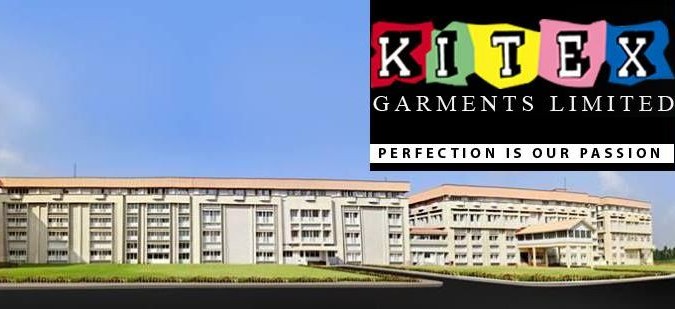Kitex Garments Ltd., one of India’s largest infantwear exporters, has announced its intent to consider raising long-term financial resources to support its aggressive expansion roadmap. The move aligns with the company’s multi-phase investment strategy aimed at scaling operations, diversifying product offerings, and capturing a larger share of global apparel exports—particularly in the US and EU markets.
The fundraising initiative is expected to bolster Kitex’s capital structure as it nears completion of Phase I of its Telangana-based textile parks and prepares for Phase II rollout.
Key Highlights from the Announcement:
- Kitex Garments to evaluate options for raising long-term capital
- Funds to support ongoing ₹3,550 crore expansion across Warangal and Hyderabad
- Phase I nearing completion by March 2025; Phase II targeted for March 2027
- Strategic focus on automation, vertical integration, and export growth
- Long-term revenue target: ₹7,500 crore
Expansion Blueprint and Capital Requirements:
- Kitex is investing ₹1,750 crore in Phase I at Warangal and ₹1,800 crore in Phase II at Hyderabad, totaling ₹3,550 crore.
- The company has already deployed ₹1,550 crore and seeks additional capital to complete infrastructure, automation systems, and power substations.
- The proposed fundraising may include term loans, equity infusion from promoters, and strategic partnerships.
- Kitex Apparel Parks Ltd. (KAPL), the subsidiary executing the project, is expected to benefit from government incentives and subsidies post-commissioning.
Strategic Rationale for Fundraising:
- The capital will enable Kitex to scale manufacturing capacity and meet rising global demand for sustainable, competitively priced apparel.
- The company aims to reduce customer and geographic concentration risks by expanding its product portfolio and client base.
- Kitex plans to integrate spinning, knitting, processing, and garmenting under one roof, enhancing operational efficiency and margin profile.
- The fundraising will also support technology upgrades, including conveyor-based material movement and AI-driven production planning.
Market Opportunity and Global Positioning:
- Kitex is targeting 1 percent of total US apparel imports, leveraging tariff advantages over competitors in China, Bangladesh, and Vietnam.
- The company expects to benefit from geopolitical shifts and supply chain diversification trends favoring Indian exporters.
- Kitex’s vertically integrated model and high manufacturing efficiency (85 percent vs global average of 55 percent) offer a competitive edge.
- The merger with Kitex Childrenswear Ltd. will consolidate operations and simplify corporate governance, enhancing investor confidence.
Operational and Financial Outlook:
- Kitex reported 46 percent annualized revenue growth in H1 FY25, with operating margins improving by 290 basis points.
- The company’s debt protection metrics are expected to remain subdued in FY26 due to ongoing capex but will improve post-commissioning.
- Promoters have committed to equity support, while institutional investors are expected to participate in the next funding round.
- Upon full capacity utilization, Kitex projects annual revenue of ₹7,500 crore and employment generation for over 25,000 people.
Investor Sentiment and Strategic Vision:
- Analysts view the fundraising plan as a proactive step to de-risk execution and accelerate growth.
- Kitex’s focus on sustainability, automation, and export competitiveness aligns with long-term investor themes.
- The company’s commitment to zero discharge, organic dyes, and global certifications reinforces its ESG credentials.
- Kitex continues to engage with global brands and retailers, positioning itself as a reliable partner in the post-China sourcing era.
Conclusion:
Kitex Garments’ decision to explore long-term fundraising marks a pivotal moment in its transformation journey. With large-scale investments, strategic mergers, and a clear global vision, the company is poised to redefine India’s role in the international apparel supply chain. The upcoming capital infusion will not only fuel infrastructure growth but also unlock new opportunities in product innovation, market expansion, and sustainable manufacturing.
Sources: Indian Textile Magazine, FashionNetwork India, ICRA Ratings, Business News Today

